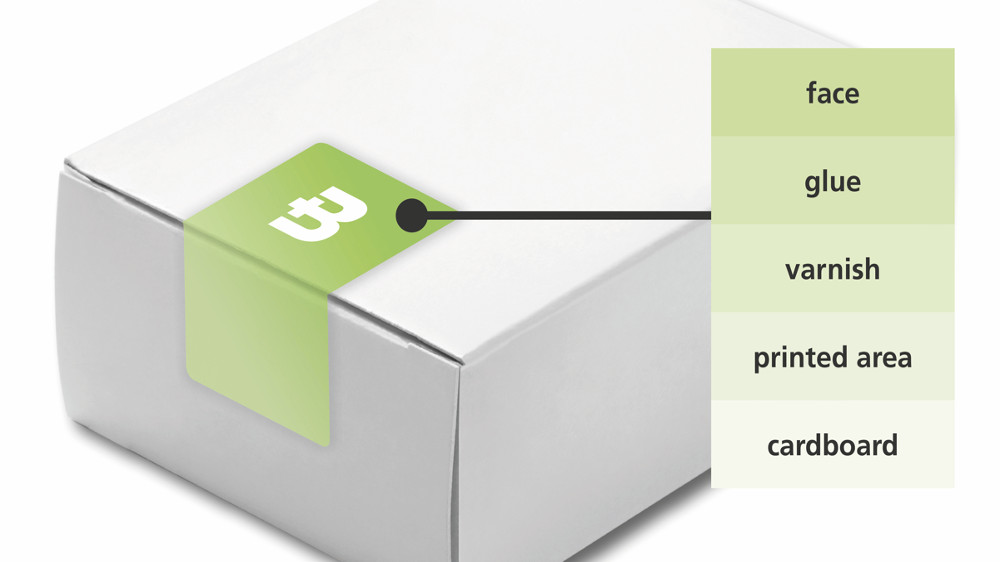
Tamper-resistant labels
Serialisation dominates the discussion about how to implement the Falsified Medicines Directive (2011/62/EU). However, to meet the February 2019 deadline, companies must also pay attention to the second required safety feature: the anti-tampering device. The use of tamper-evident labels is widespread. But beware! There are many challenges associated with these popular tamper-evident devices.
The EU regulation does not specify how to implement an anti-tampering device. Both the directive 2011/62/EU and delegated regulation 2016/161 stipulate the safety feature but do not define any details. For this reason, stakeholders prepared the CEN standard EN 16679 entitled "Tamper-verification features for medical product packaging, which will be upgraded to ISO 21296. This standard presents tamper-evident methods for compliance with EU requirements.
Pharmaceutical companies can use this standard as a guideline and choose between labelling, gluing, folding box construction, and wrapping.
Many variables to be defined
With the deadline about a year away, many companies have chosen clear filmic labels with perforation as their anti-tampering device. These labels have several advantages: they allow easy machine processing; have little or no effect on the package’s artwork; and, in many cases, can be attached to existing folding box layouts and stocks.
However, in order to realise these advantages without difficulty right from the beginning, the right label set-up has to be defined. This starts with the selection of the right material. There are a variety of specifications including the glue, facestock, and backing (see graphic).
This is complicated by the fact that each material manufacturer has its own solution, terminology, and combinations. Aspects such as format, shape, and label-roll finishing are also affected by the labelling machine requirements.
Another important issue is the opening support by perforation. There is a fine difference between a stable unbroken sealing and an easy-to-open/patient-friendly opening support. This depends on the face material, the type of perforation and, of course, the package design. All these factors influence each other too.
Naturally, the focus is on the glue, or rather the adhesive force of the label on the folding box. In order to verify manipulation on the folding box, tampering must result in visible and irreversible damage to the cardboard. But this damage does not always occur in everyday practice.
The main challenge is the varnish on the folding box. These coatings can weaken the bond between the glue and the carton surface. But the carton type and printed area can also influence adhesive strength. Standard permanent glue reaches it limits.
Before adapting varnish-free areas on the folding box as a result, it is more convenient and recommended to choose selected and proven materials which are specially developed for use as a tamper-verification feature. They do not require varnish-free areas. Furthermore, the label material must be subject to the pharmaceutical change management. Changes that are not noted by the pharma company may endanger the functionality and/or safety.
Some pharmaceutical companies exert a strong influence on the connection between package and label; others do not. Contract manufacturing organisations (CMOs) in particular may face the challenge of dealing with packaging from several folding box manufacturers each with a different type of varnish.
Choose your tamper-evident label with caution and you will avoid expensive product recalls in the supply chain due to peeling, missing, or ineffective labels.


 White House
White House Clarivate
Clarivate H. Zell - wikipedia.org
H. Zell - wikipedia.org